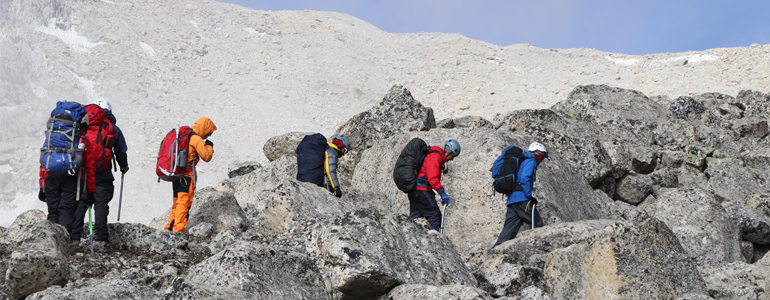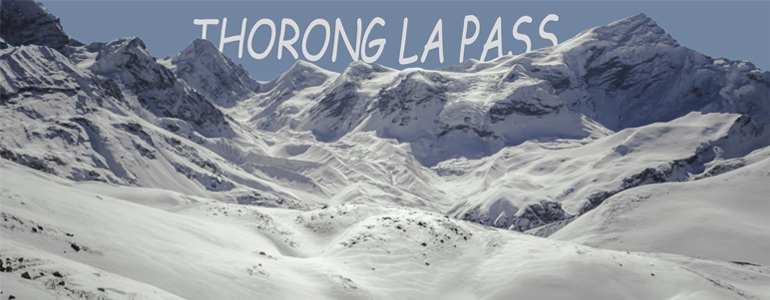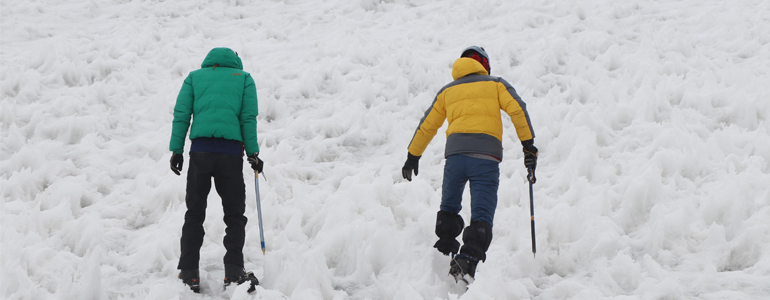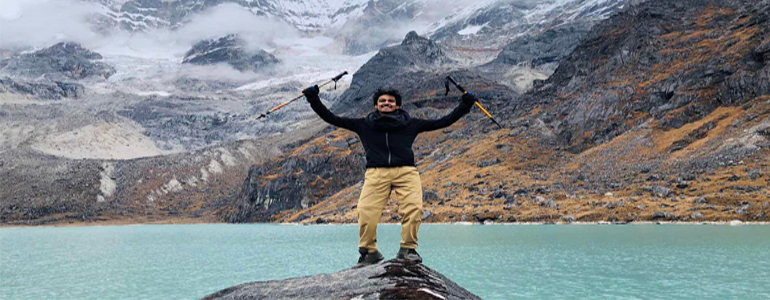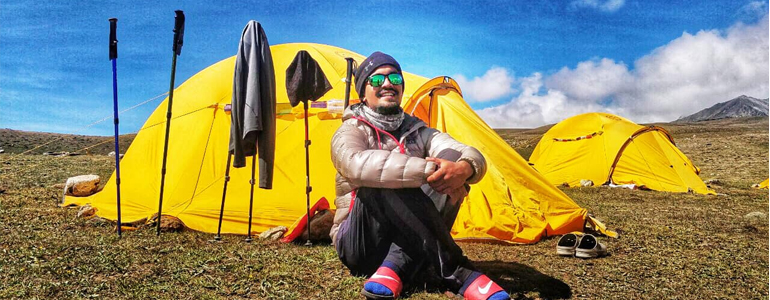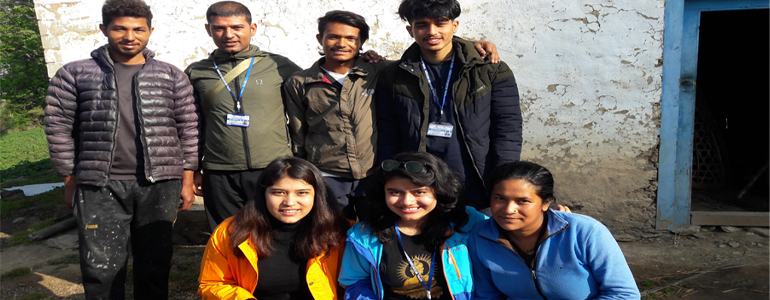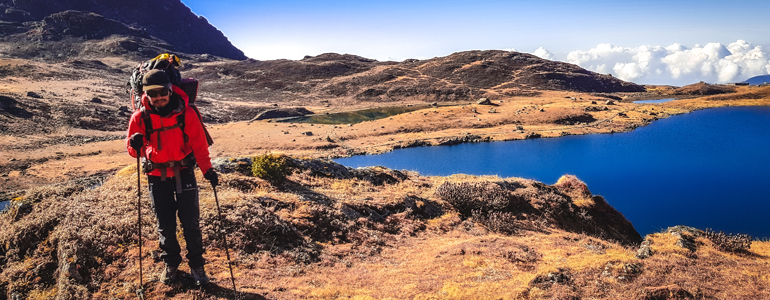(Picture: Approx. 5,800masl, Upper Mustang)
Acclimatization is a complex interaction of changes in our bodies' chemistry and physiology when it tries to adapt to the environment consisting of the decrease in the number of oxygen molecules per breath is reduced (roughly 40% fewer oxygen molecules per breath than sea level). Some of these changes happen quickly and others take months. Acclimatization is a relative thing. It is a state your body moves toward but seldom achieves unless you take up residence at the target altitude. Most climbers take as little time to acclimate as they think they can get away with for their chosen project.
Acclimatization is neither easy nor particularly pleasant, but people do it. For many, the cruel work habits of the weekend warrior preclude the luxury of ideal acclimatization. However, comfort, success rates, and risk management are all improved if one takes more time to acclimate.
Each person has a unique pattern of adjusting to the altitude. It is important to learn your pattern and take it into account when making time estimates for a climb at altitude. You can't learn these things without experiencing them. The trick is to gain this experience in a deliberate and controlled way one that still allows you to effectively manage risk. For example, as you explore the limits to your performance at altitude, do it on climbs from which you can easily descend (both emotionally and physically) should the problems be worse than you expect. In order to acclimatize to higher altitudes, we need to stress our bodies to induce change. Without enough stress, our bodies are slow to respond. With too much stress, we could succumb to various altitude illnesses, which can range from unpleasant or life-threatening.
Hence, there are basic guidelines to acclimatize efficiently:
- Don't fly or drive to high altitude. Start below 10,000 feet (3,048 meters) and walk-up.
- If you do fly or drive, do not over-exert yourself or move higher for the first 24 hours.
- If you go above 10,000 feet (3,048 meters), only increase your altitude by 1,000 feet (305 meters) per day, and for every 3,000 feet (915 meters) of elevation gained, take a rest day.
- "Climb High and sleep low." This is the maxim used by climbers. You can climb more than 1,000 feet (305 meters) in a day as long as you come back down and sleep at a lower altitude.
- If you begin to show symptoms of moderate altitude illness, don't go higher until symptoms decrease (Don't go up until symptoms go down").
- If symptoms increase, go down, down, down!
- Different people acclimatize at different rates. So, making sure all of your members are properly acclimatized before getting even high.
- Stay properly hydrated. Acclimatization is often accompanied by fluid loss, so you need to drink lots of fluids to remain properly hydrated (at least 3-4 quarts per day). Urine output should be copious and clear.
- Take it easy; don't over-exert yourself when you first get up to altitude. Light activity during the day is better than sleeping because respiration decreases during sleep, exacerbating the symptoms.
- Avoid tobacco and alcohol and other depressant drugs including, barbiturates, tranquillizers, and sleeping pills. These depressants further decrease the respiratory drive during sleep resulting in a worsening of the symptoms.
- Eat a high carbohydrate diet (more than 70% of your calories from carbohydrates) while at altitude.
- The acclimatization process is inhibited by dehydration, over-exertion, and alcohol and other depressant drugs.


